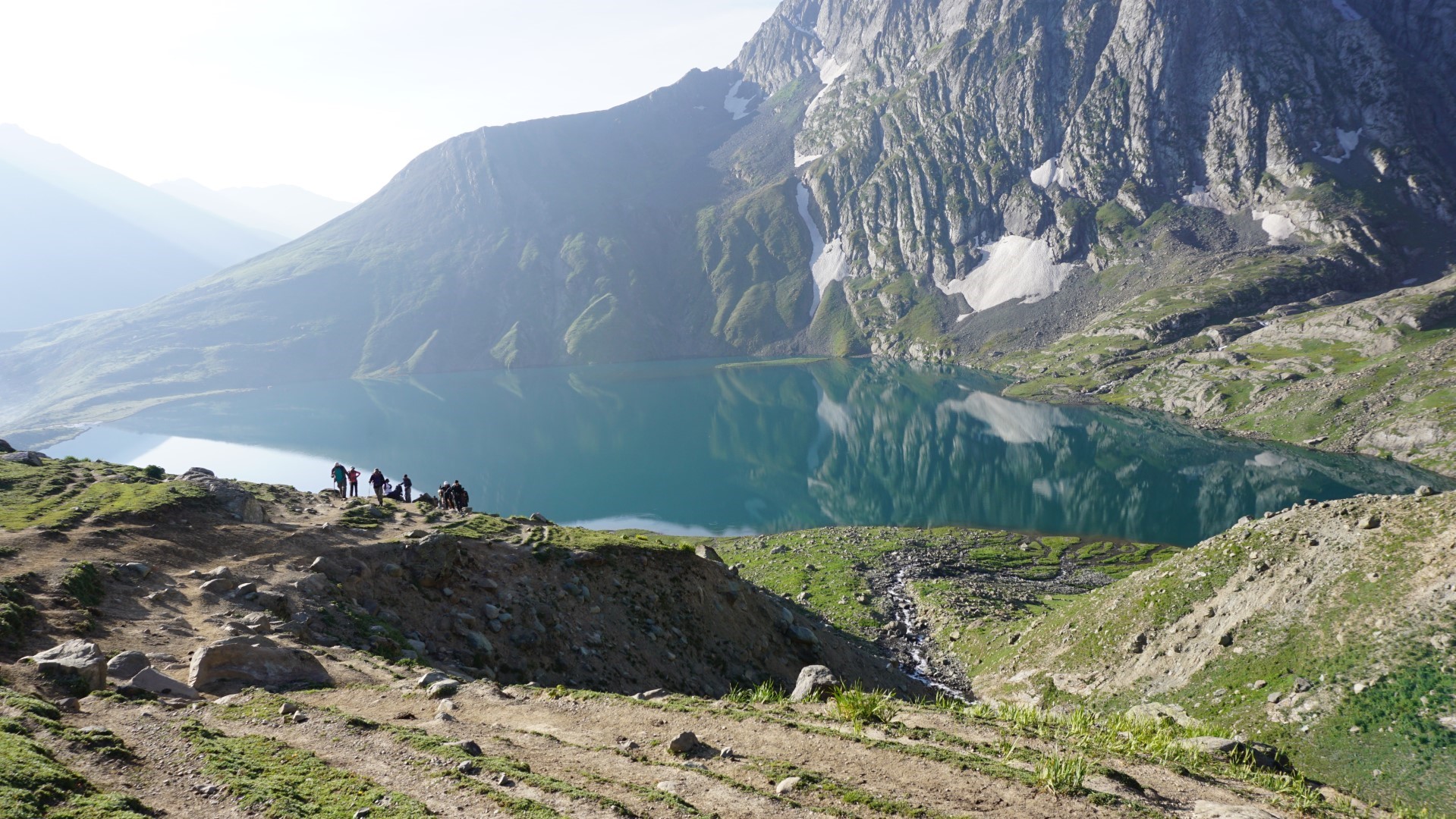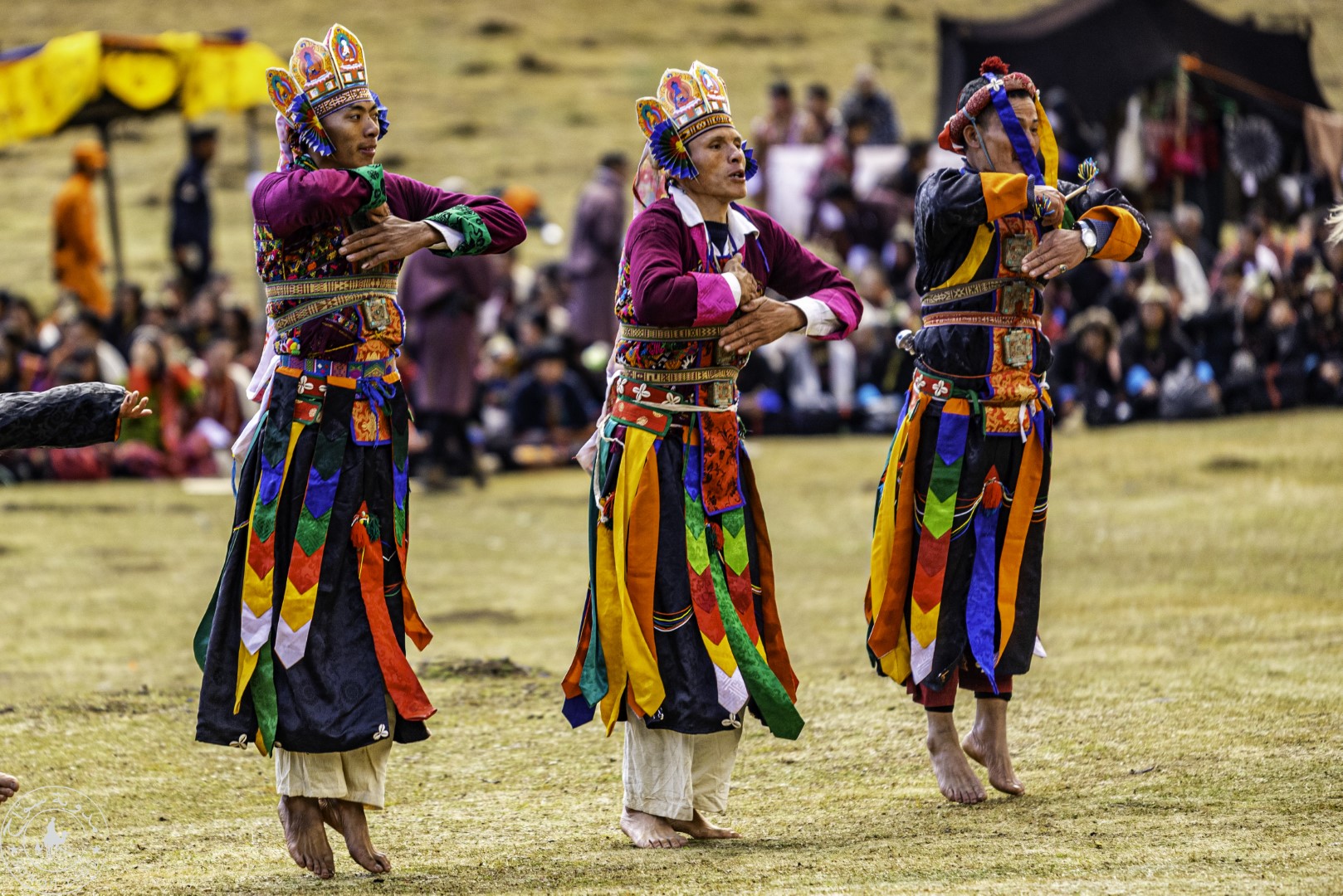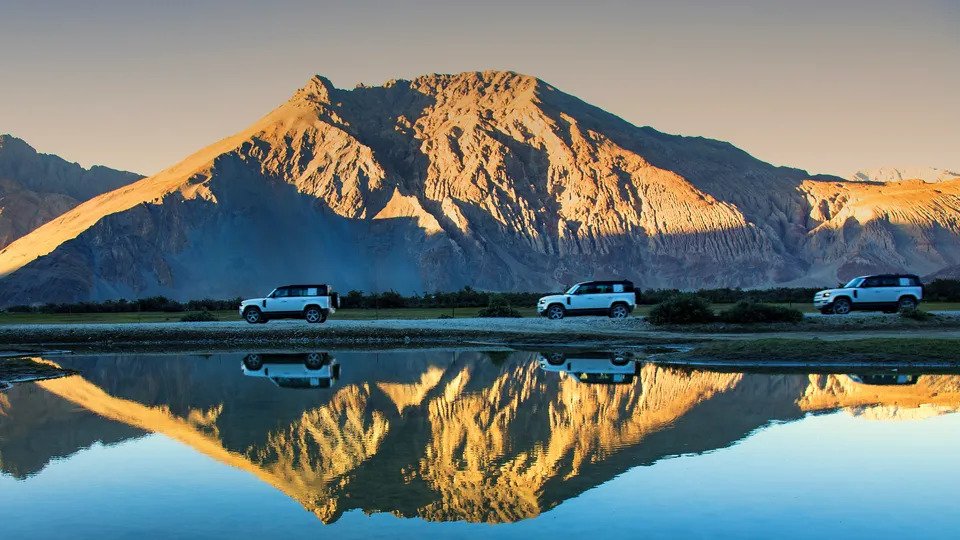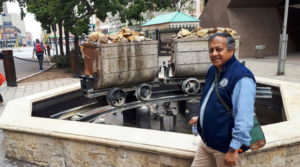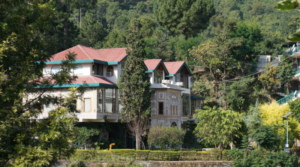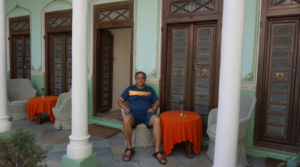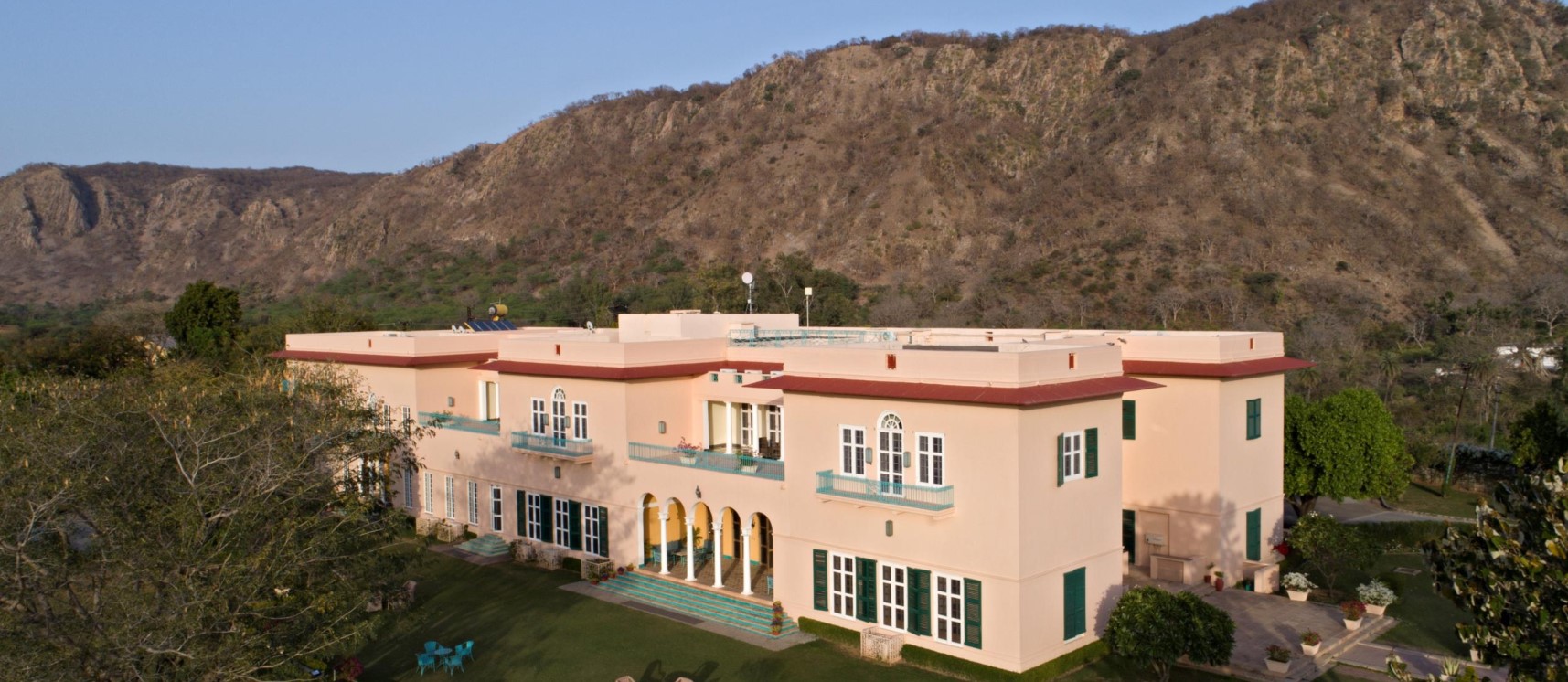
Visit to the Ramgarh Hunting Lodge: A Royal Retreat from Jaipur


Motoring through the Aravallis after the monsoon has set in is a special experience. The dusty hills come alive with their new coats of green, like sheep growing back their fleece after the hot summer in preparation for the winter to come. Leaving the urban sprawl of Jaipur behind, my daughter Mallika and I drive through an almost magically transformed landscape. We pass under a gently rustling canopy of green overhanging branches, with the scudding grey monsoon clouds visible through the patches. Peering through the foliage, we keep a sharp eye out for our destination, the Royal Hunting Lodge of HH Maharaja Sawai Man Singh II the last Maharaja of Jaipur.
Finally, we spot it in the distance, its pink walls aglow in the rays of the setting sun, sitting by itself on top of a dam barrage, like a forlorn Noah’s Ark after the waters have receded. The analogy is tragically appropriate because the lodge was built to overlook a spectacular artificial lake which has now completely dried up. The lake was named Crosthwaite Sagar after the Agent Governor General of Rajputana who inaugurated the retaining dam in 1897. The lake covered 16 sq. km, drained an area of 831 sq. km, and was over 20 m deep, one of the largest in the world at the time. In the succeeding century, it served as an irrigation reservoir for local farmers and as a source of water supply for Jaipur. Even as late as the 1980s, the lake was a healthy body of water, with its moment of glory being chosen as the site for the rowing events of the 1982 Asian Games. Subsequent encroachment of its water courses by unregulated village construction, the proliferation of multiple NREGA check dams, and the general apathy of successive administrations resulted in the lake shrinking year by year until it completely disappeared in 2006.


We are warmly welcomed by Jagat and Ritu Singh, the gracious husband-and-wife team who run the Ramgarh Hunting Lodge, which is now under the management of Taj Hotels. Jagat is a fellow alum of my alma mater Mayo College, Ajmer, and, being erstwhile minor royalty himself, quite at home in his surroundings! Ritu shows us to our deluxe suite room. It is just immense and like a work of art in itself, with decorative fittings in a pleasing lilac motif. It has a large attached dressing room and a separate bathroom, two huge double beds, a sofa set, and even a desk and chair, and still the space doesn’t look full. The plush effect is heightened by heavy floor-to-ceiling purple curtains and sashes which shut out the light.


Meals at the lodge are taken in the small but cosy Audhi dining room where you sit being silently observed by the mounted heads of giant antelopes like the eland, topi, and gerenuk shot by the royals on their African safaris while a magnificent leopard splayed against the wall glares into the fireplace. The food was delicious, and the dinner on our last night is worth a special mention. We had smooth-as-silk gazpacho and lemon grilled chicken which went well with the Bordeaux Merlot from Maison Castel that I had brought along with me from Delhi. Our elderly servers, Mool Singh and Munshi Ram (each with a quarter century of service behind them), were like old family retainers with that very unique Rajput sense of gracious hospitality and genuine warmth in their smiles.
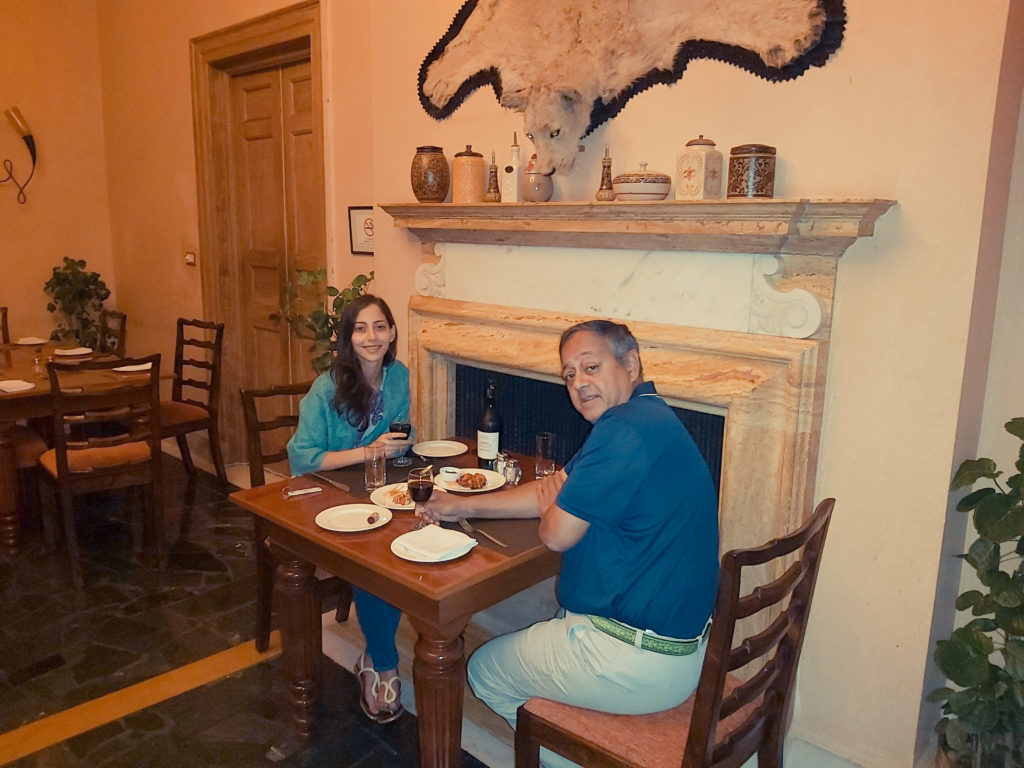



On our last evening, Jagat took me for a quick spin in his battered Mahindra Willys jeep. Sensing an opportunity to make like Indiana Jones, I swung myself manfully into the navigator seat only to bang my head painfully on the rollbar! Rajat kept a straight face and tactfully suggested that next time I should put one foot in and then the other. I nodded, nursing my wounded ego—and sore forehead. We followed the shrivelled-up watercourse of the Banganga river, flowing in a think trickle from the dam, until we came to a lone Gopalji ka mandir dedicated to Lord Krishna. We clambered up the steps to the temple and on reaching the top we prayed to the gaily decked out deities in their alcoves and admired the panoramic view of the surrounding countryside from the terraces. Most interesting to me were the fortifications built into the walls in case the isolated temple came under attack, reminiscent of the famous fortified cathedral in Avila, Spain, which I had visited last year.
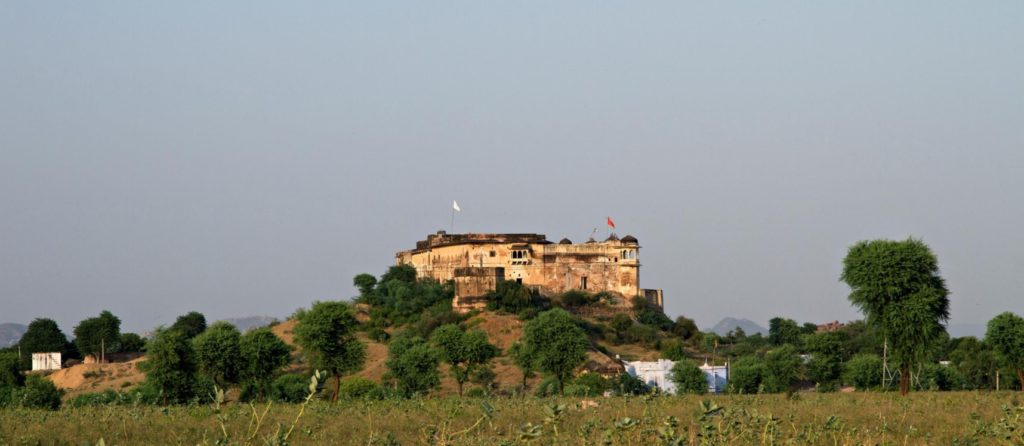

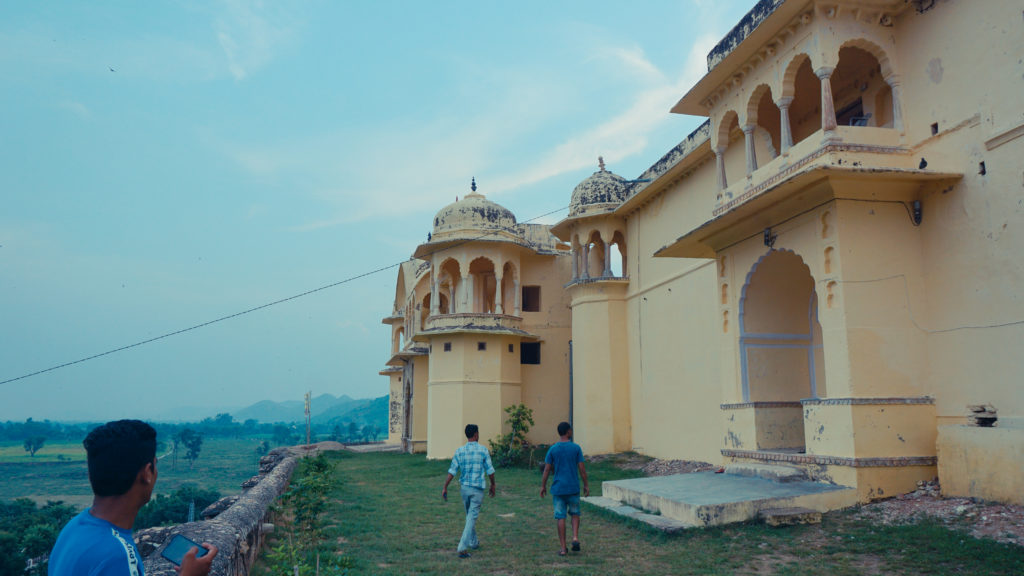

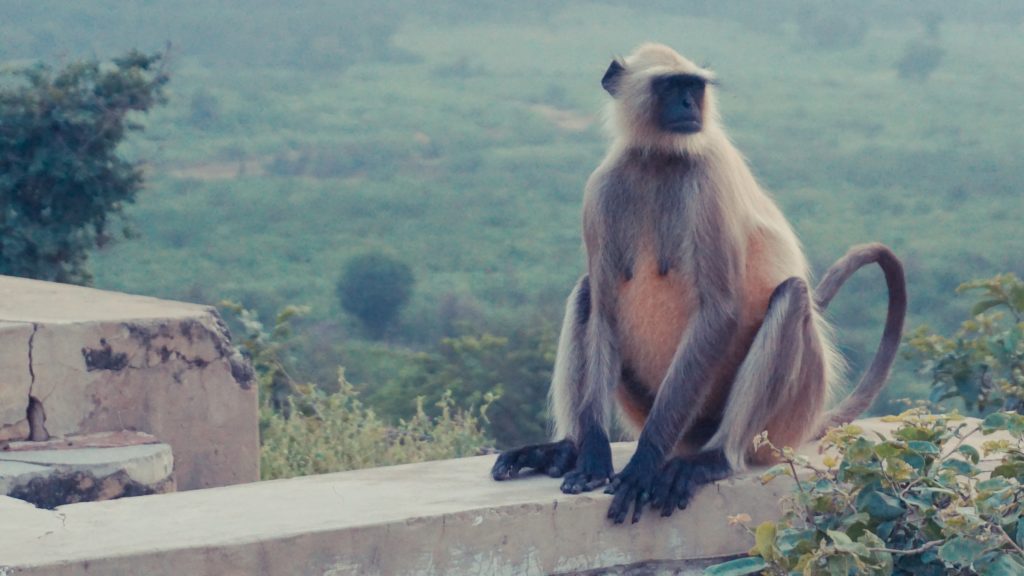

The lodge is a perfect getaway for the weekend from Delhi (250 Kms) or Jaipur (40 Kms) where you can just chill and do nothing and enjoy the solitude of the Aravallis. The swimming pool—a giant blue square looking strikingly beautiful against the lush green hills—provided us a welcome respite from the oppressive monsoon humidity. One can also play billiards in an elegant lounge adorned by remarkably lifelike paintings of lions in Africa by the accomplished German wildlife artist Wilhelm Kuhnhert or have a cocktail in the stylish Chital bar.


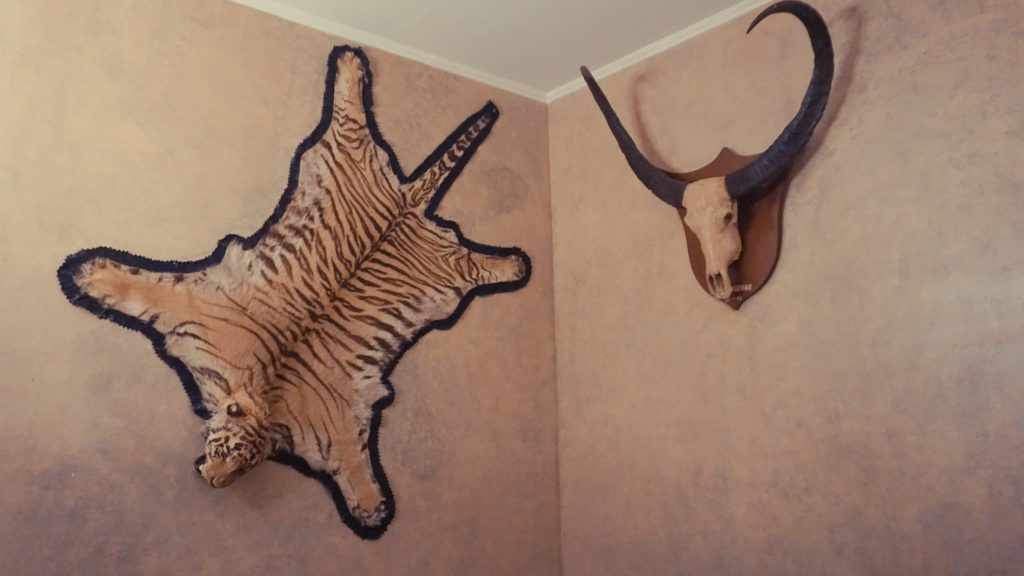

The beautiful lake, which was the raison d’être for the Ramgarh Hunting Lodge, has long gone, destroyed by the same human species that built it, never to return. But if you didn’t know its history and simply chanced upon the site, you would be left admiring the scenic view of the great dried-up lake basin, now covered with a verdant layer of green and home to many trees and bushes. It has its own charm, and especially at night, sitting at the outdoor bar under a single giant seras tree while nursing a gin and tonic, I found the atmosphere to be wonderfully peaceful and serene. The full moon shone down on us through the branches, a silent witness to the triumphs and follies of mankind and a reminder that life must go on.


![]()
![]()

